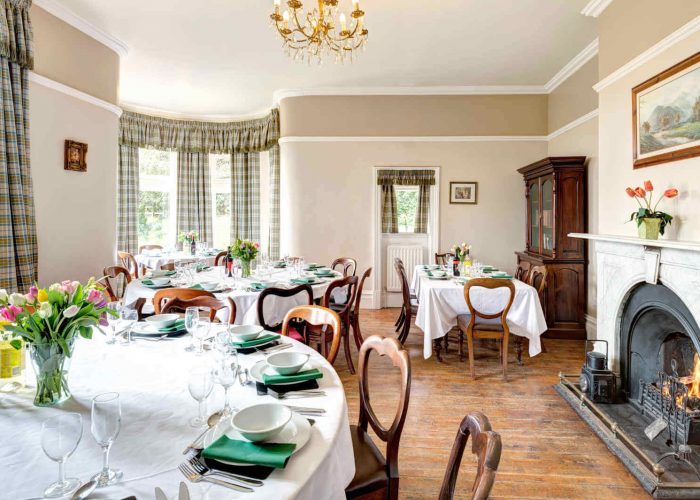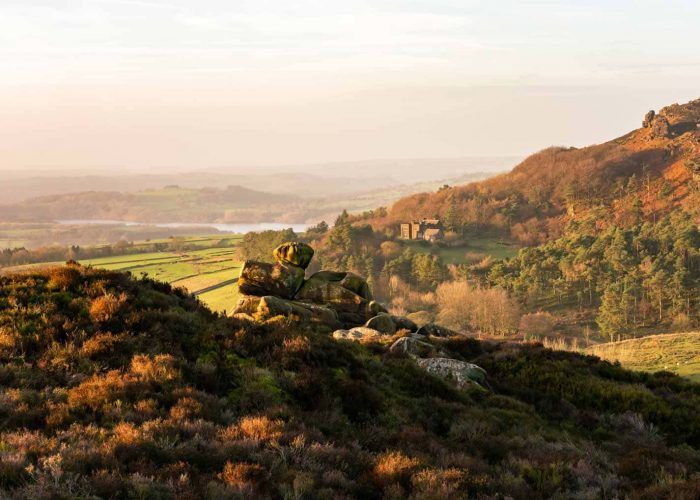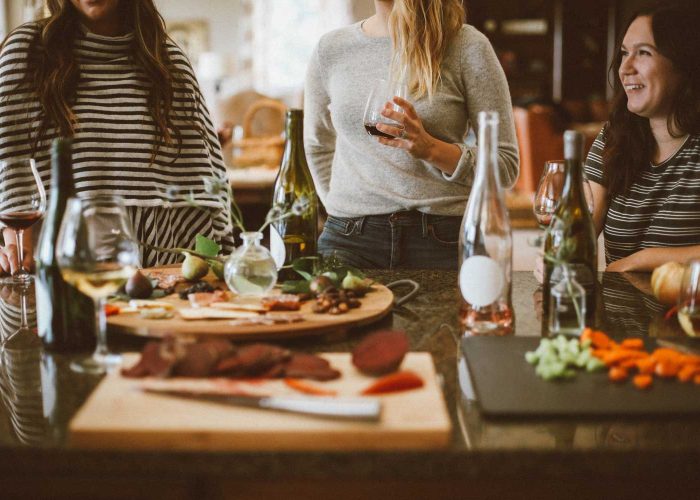Our Story
Roaches Hall (originally known as Roaches House) traces all the way back to 1876. During your stay, explore its history and find the year marked on the side of the building and on the original chair located upstairs.
This is our story.
History in the Making
Roaches Hall was built by John Hall of Brough Nicholson and Hall of Leek. Brough Nicholson and Hall were silk manufacturers of “sewing silks, braids, bindings, trimmings etc”, and were prize winners at the Great Exhibition in 1851, and several later European exhibitions. They were very substantial local employers, with 630 employees listed in 1891. This made John Hall a very wealthy man, who demanded a house to fit his status. At that time Roaches Hall sat at the far reaches of the Swythamley Estate of Lord Brocklehurst. The Estate stretched from the main house at Swythamley Hall, south to Toft Estate (now another Party House) and east to Roaches Hall.
Roaches Hall was sold on 27 April 1899 to John Hall, the architect of the Hall. The sale took place at the Swan Hotel in Leek (which you can still visit). Copies of the original sales documents can be found hanging on the stairway of Roaches Hall today. The house went with 68 acres of estate land “well known as a bold picturesque rock and a feature of this part of the country and affords excellent Grouse shooting”. Fortunately “the Drainage is all in good order, and there is a splendid supply of spring water”. “The house is of modern construction and is well timbered and the stone is of good quality for Building purposes”
Establishing a zoo of exotic animals at Roaches Hall
By the 1920’s Courtney Brocklehurst (Lord Brocklehurst’s younger brother) was living here. He was well placed to look after the animals having had been a game warden in Sudan. The zoo was set up as an outpost of London Zoo in 1936, whose keepers were worried about the outbreak of disease killing all their stock. They sent animals to Whipsnade in Bedfordshire and Sir Philip Brocklehurst (who was a Fellow of the Zoological Society) also offered to host some at his country estate which is how the history of the zoo begun.
The private zoo included the famous red-necked wallabies, lamas and yaks that later escaped and lived wild on the Roaches rocks for many years. The red-necked wallaby, Macropus rufogriseus, is a native of Tasmania; it is sized about as big as a medium-sized dog, with a grey-brown body and carried its young in a pouch like other kangaroo species. They survived by feeding on heather at night and hiding in bracken during the day.
The original wallabies bred and the population stabilised at an around fifty animals for many years, though the harsh winters of 1947 and 1963 reduced the numbers for a while. Certainly sightings of the wallabies were common until the end of the last century. Local newspaper articles claim more than one sighting of a wallaby as late as November 2008. You can see one of the Wallabies as taxidermy in the Nicholson Institute in Leek town centre library. Other animal sent here from London Zoo included Tasmanian Black swans, an emu, Indian and Chinese deer and various species of antelope.
Removing the roof for a better view
Originally it had three floors on its south side (above the current Turret room). Go back in history and see the photo taken at Easter 1930 above. The top floor seems to have been removed in the 1930s. Allegedly so the Courtney Brocklehurst could sit on the roof and have better views of the private zoo that had established here! There are still steps which go up inside of the house onto the roof. Sadly for reasons of health & safety we are unable to let guests onto the roof.
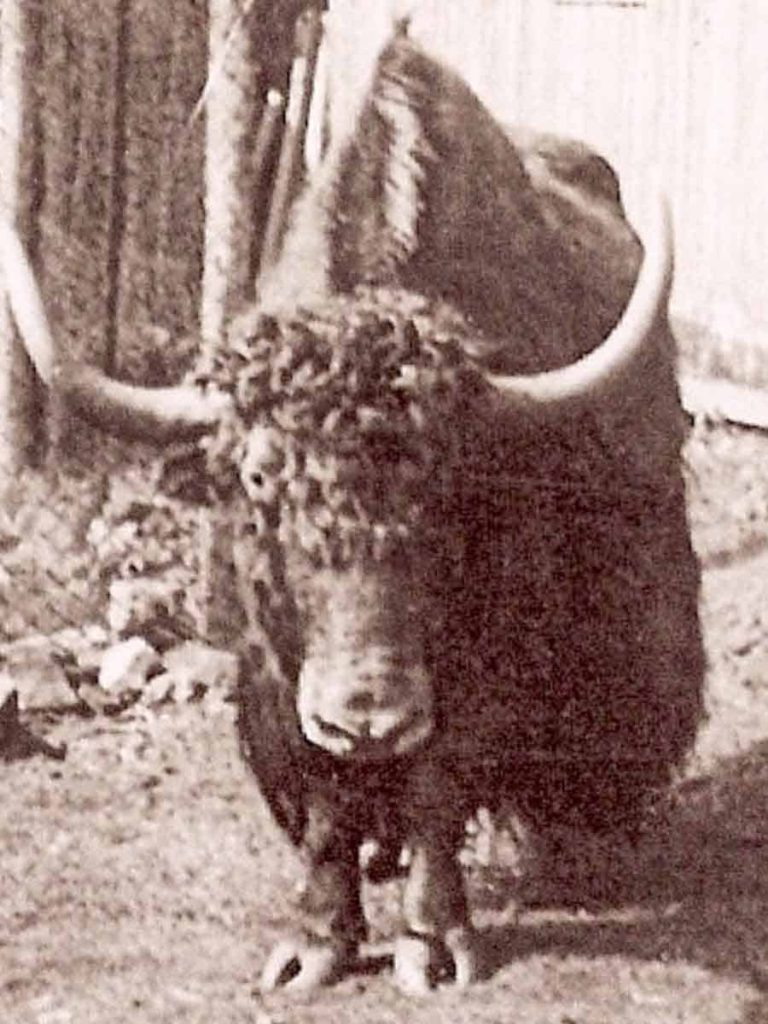
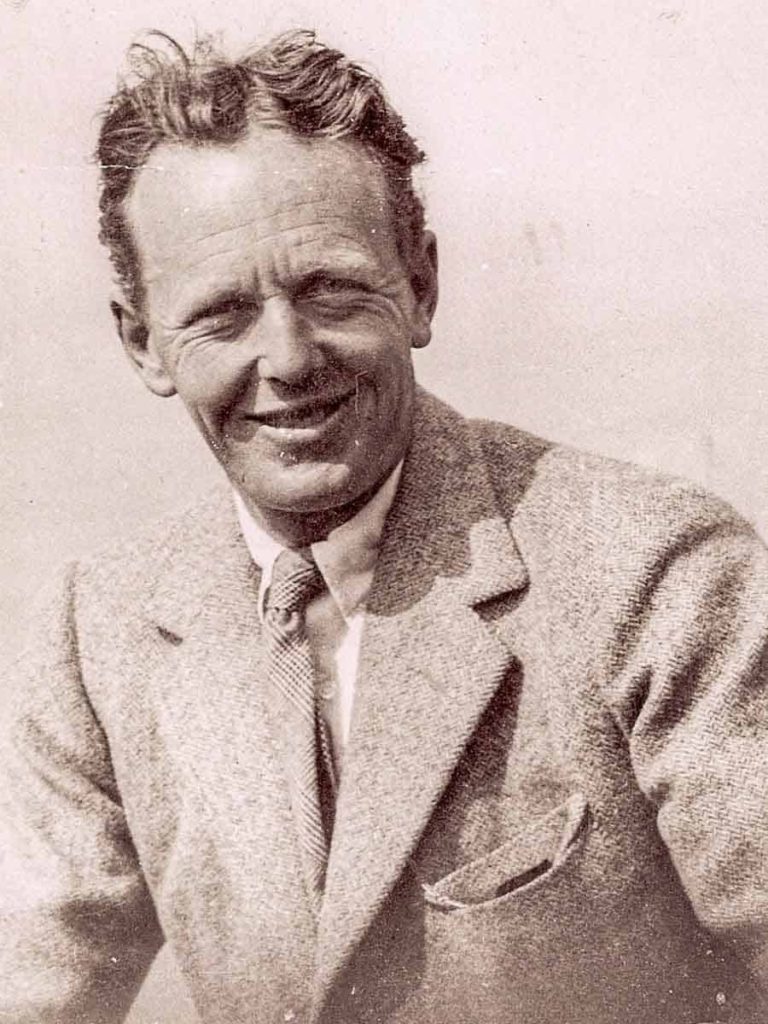
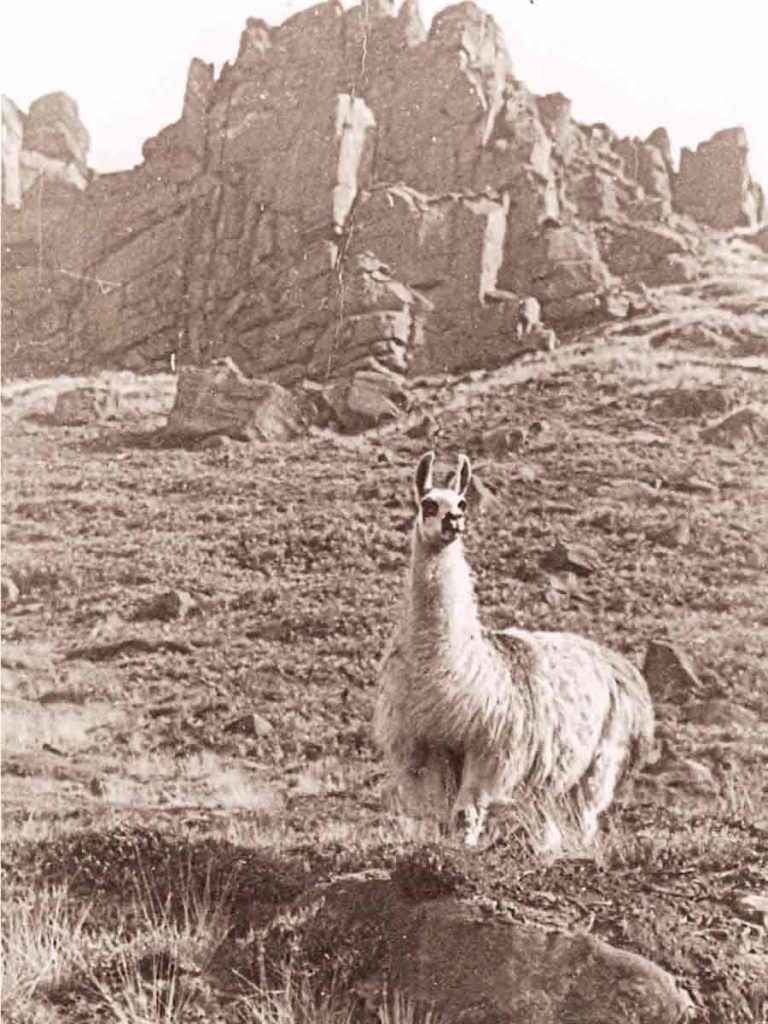
The Tragic Death of Courtney Brocklehurst
In the Second World War Courtney went off to Africa to rejoin his cavalry regiment with whom he had served in the First World War. He was then sent to Burma to fight the Japanese in the jungles and was sadly killed there in 1942.
On the Roaches rocks at Hanging Stone is a plaque with an epitaph and a poem to the Lt Colonel. The poem is in the handwriting of Courtney’s brother Philip Brocklehurst. The inscription reads:
A local girl, Mary Tatton, whose uncle John Hall had built Roaches Hall is said to have been in love with Courtney and her broken heart was never healed. She later moved into Roaches Hall with her husband and lived here for many years. Andrea Jackson lived at Roaches Hall from 1947 to 1970 and remembers the Yaks. The old Yak was the one with large horns and was quite fierce, whereas the younger one was much more docile.Apart from the removal of the third floor, Roaches Hall has remained substantially unaltered. Since 1970 the Hall has had a couple of further owners. The stables and some land were sold off and Roaches House (by now known as Roaches Hall) became a luxury B&B.
A Party House to Enjoy
In 2006 Roaches Hall became a Party House so now new guests can enjoy its fabulous architecture and setting. The plumbing and electrics were updated and fire alarms and emergency lighting were installed. A new kitchen was added, as were several new bathrooms. However, the wonderful panelled ceiling in the entrance hall, and many other architectural features have been carefully maintained. We’re sure it’s going to be a place for you to enjoy!
